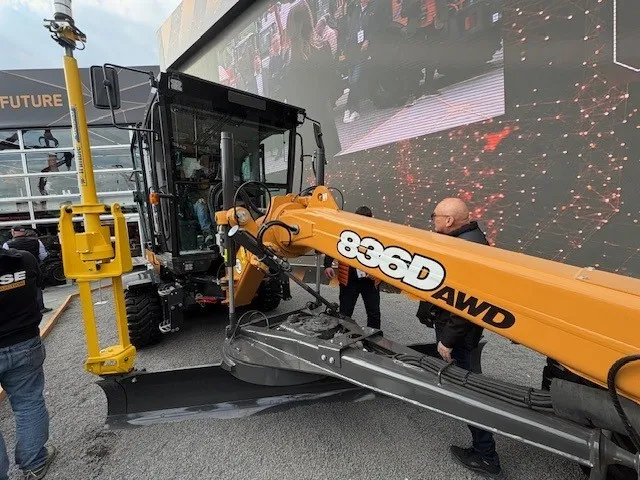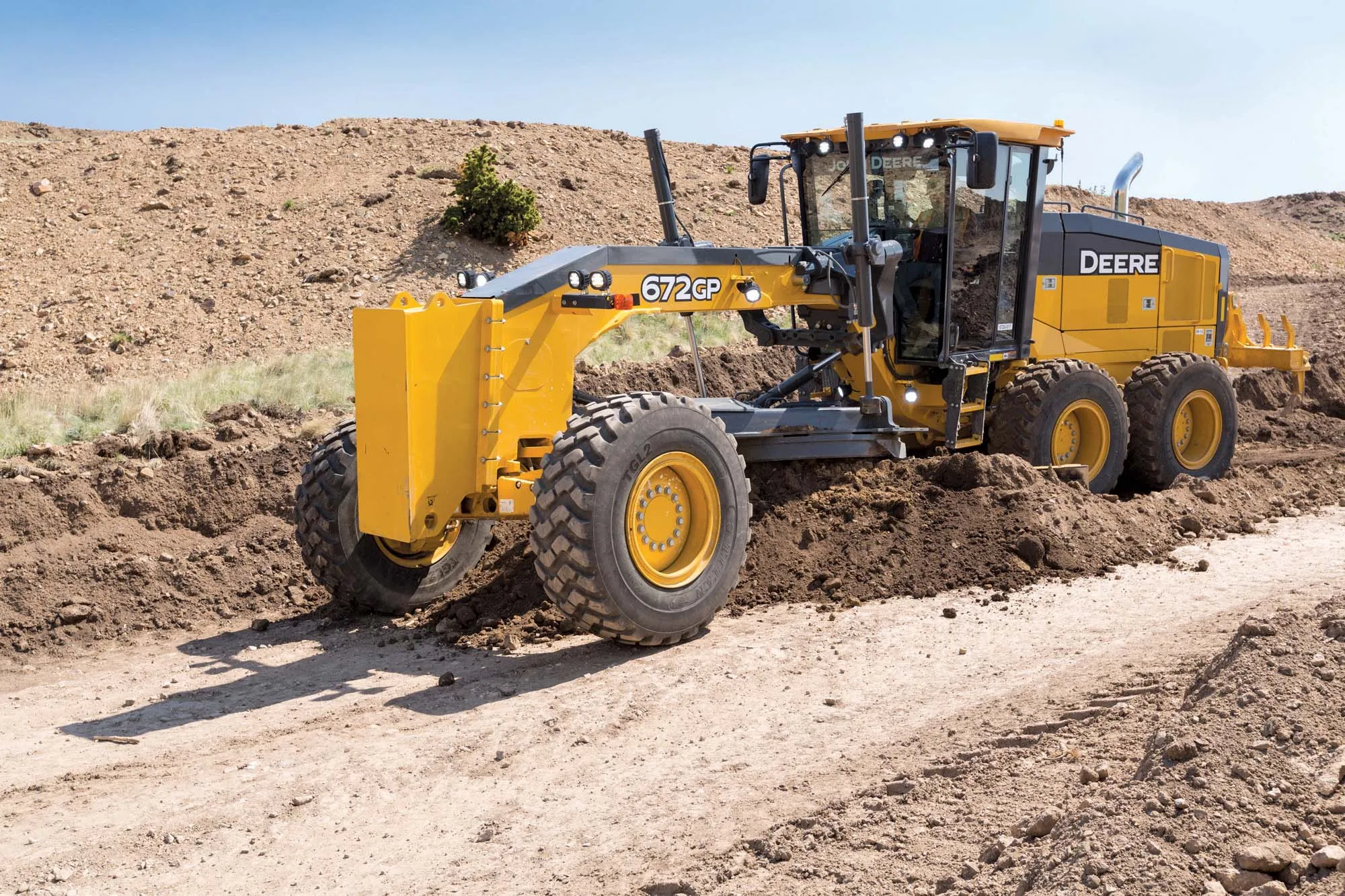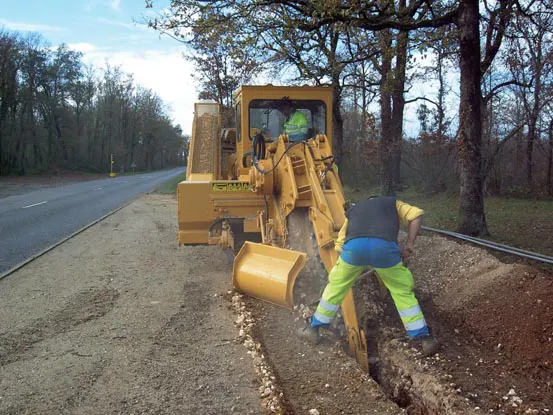
CASE Construction Equipment’s D series motor graders, the 836D and 856D, boast many of the operator comfort and productivity benefits as with the previous machines but the D series has now been upgraded with improved operator controls and systems.
There is a new touchscreen display, for all machine and maintenance information and to provide a monitor for the rear-view camera. This customisable screen is located on top of a redesigned front console.
A second console to the right-hand side of the cab incorporates the ignition key, the new electronic hand throttle, a cup holder and USB charging ports. On the left-hand side of the cab there is a spacious storage compartment, which features a rubber strap and net.
The new graders come with both electro-hydraulic joystick controls or mechanical levers, which means the driver has the ability to choose depending on their preference. Both machines come in standard with a heated and air-suspended seat.
The electro-hydraulic system uses highly precise, three-axis joysticks which are built into multi-adjustable armrests for maximum operating comfort. The joysticks are equipped with multiple roller switches and buttons to control various machine functions.
The joysticks also provide accurate control of all moldboard operation, comfort steering options and TwinLift control, which allows the operator to control both lift cylinders from a single joystick.
There is dual-power performance form a Stage V six-cylinder FPT diesel engine, with Hi-eSCR2 emissions technology. The CASE D series graders deliver a dual- power curve, with automatic switching as higher transmission ratios are reached.
This ensures maximum power is available as travel speed increases, boosting productivity.








